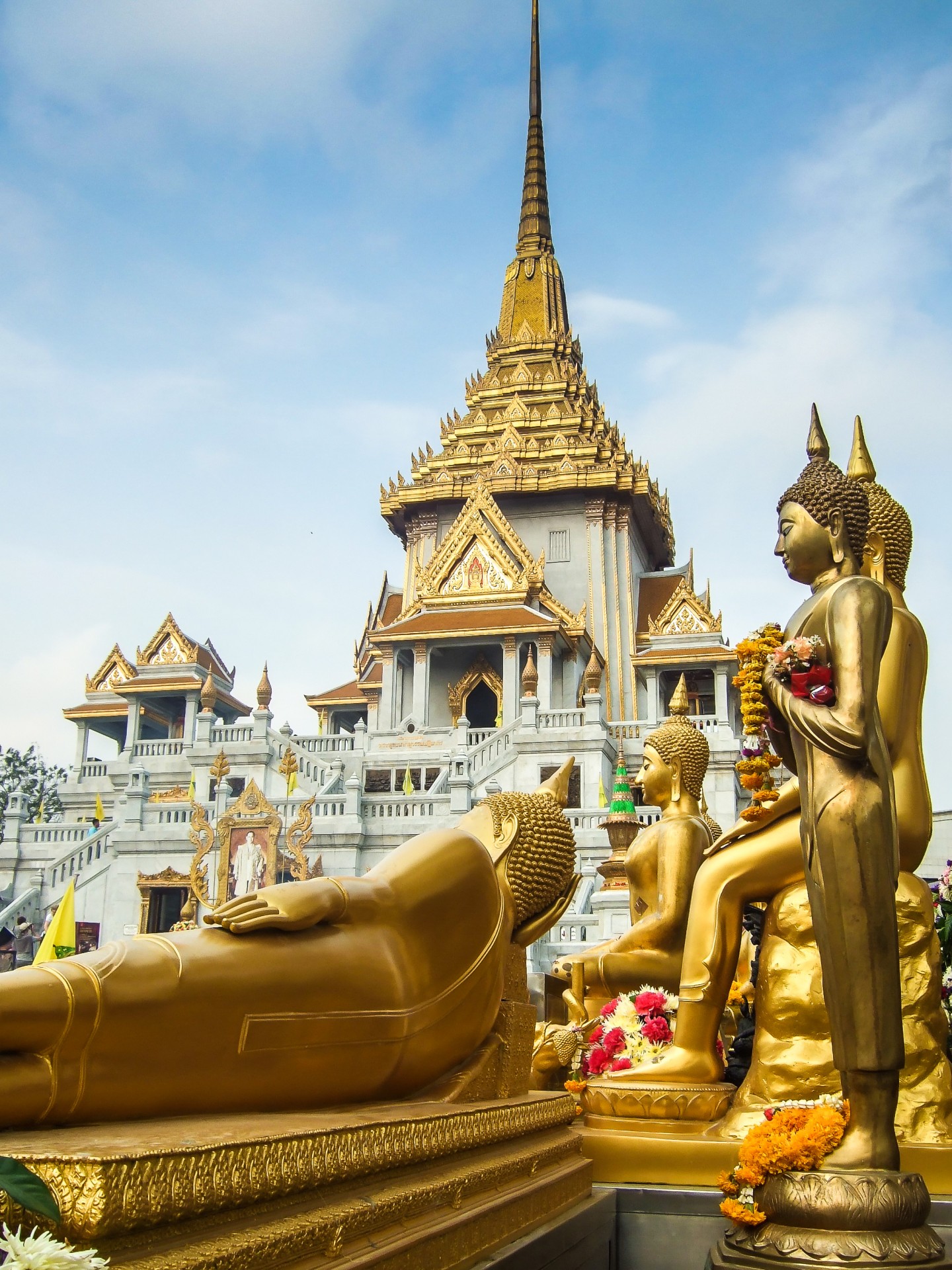In the vibrant tapestry of Southeast Asia, Thailand stands as a resplendent jewel, its cultural banner unfurled to the winds of time, inviting all to witness its rich heritage. The term “cultural banner” evokes an image of a vibrant flag, flying high, adorned with the rich histories, traditions, and the indomitable spirit of its people. In Thailand, this banner is woven with threads of philosophy, artistry, and the sacred interplay between the material and the spiritual.
To understand Thailand’s cultural banner, we must first delve into the layers of its historical narrative. The country is marked by an extensive chronicle of kingdoms, each contributing to the multifaceted identity it proudly embodies today. The Kingdom of Sukhothai, often regarded as the cradle of Thai civilization, blossomed in the 13th century, laying the foundation for language, art, and governance that still resonate in modern Thai life. Think of it as the seed from which a mighty banyan tree has grown, its roots digging deep into the soil of culture while its branches reach out toward the skies of globalization.
At the heart of this cultural fabric lies Buddhism, the predominant religion that permeates every facet of life in Thailand. A cultural banner without a spiritual underpinning would be akin to a ship at sea without a compass—directionless and adrift. The intricate belief system shapes social values, leading to a collective ethos centered on peace, compassion, and mindfulness. Temples dot the landscape like jewels in a crown, each narrating enshrined stories of spiritual transcendence. In every golden Buddha statue, there resides a whisper of tranquility, beckoning both worshippers and travelers to pause, reflect, and embrace the present moment.
The arts in Thailand are another significant element of this rich cultural tapestry. Traditional Thai dance and music transpire as an eloquent dialogue with history, preserving ancestral stories through rhythmic movement and melody. The elegance of Khon dance, for instance, transforms the performer into a living embodiment of mythology, where gods and demons swirl in a spectacular portrayal of the Ramakien. Such performances are not mere entertainment; they are invocations of cultural memory, echoing the sentiment that art is indeed the lifeblood of the nation’s identity.
To further illustrate this, one may imagine the art of Muay Thai, often termed the “Art of Eight Limbs.” Here lies another layer of the cultural banner, where physical prowess meets spiritual discipline. Each bout is not just a display of strength but a rite of passage steeped in history. The fighters perform the Wai Khru, a ritualistic dance paying homage to their teachers, embodying the very principles of respect and gratitude that are central to Thai culture. A metaphor emerges where the ring becomes a microcosm of society—each blow a reminder of resilience, each maneuver a demonstration of strategy, reflecting the broader human experience.
No examination of Thailand’s cultural banner would be complete without mentioning its culinary heritage. Thai cuisine encapsulates a thrilling adventure of flavors that dances across the palate, evoking the geographical diversity of the country itself. From the spicy warmth of Tom Yum soup to the sweet embrace of Mango Sticky Rice, the food tells the story of regions and communities. It is a testament to the heart’s longing for connection—the bustling markets alive with laughter and the aroma of spices, where every dish served is not just nourishment but an invitation to partake in a shared narrative. One could liken the experience of savoring Thai food to unwrapping a beautifully packaged gift; each bite reveals a new layer of complexity and delight, igniting the senses and fostering a sense of belonging.
Moreover, festivals illuminate the fabric of Thai cultural identity as dazzling celebrations filled with meaning. The Songkran Festival, for instance, marks the Thai New Year with exuberance and joy, symbolizing the cleansing of the spirit and renewal. Streets teem with revelers joyfully splashing water, likened to a river reclaiming its course, washing away impurities and ushering in freshness. Each festival embodies the essence of community and collective joy, reinforcing bonds among individuals and amidst the overarching cultural narrative.
In the crafts of Thailand, one finds an exquisite interplay between tradition and innovation, evident in the intricate art of umbrella making in Chiang Mai or the vibrant silk weaving in the Northeast. In these crafts, patience and precision become evident, revealing the artist’s inner landscape—an intricate map of cultural identity and heritage. Each piece, be it a finely crafted trinket or a complex tapestry, is laden with significance, reminiscent of the dedication and artistry that span generations.
As we explore Thailand’s cultural banner, it becomes evident that this identity is not static; rather, it is alive and dynamic, a synthesis of ancient customs interwoven with contemporary influences. This integration beckons visitors from across the globe, inviting them not only to observe but to engage and contribute to the ongoing cultural narrative. In this era of connectivity, where cultures converge and evolve, Thailand remains resolute—its banner waving not in isolation but as part of a larger dialogue on global cultural exchange.
In conclusion, Thailand’s cultural banner unfurls with the stories, experiences, and innovations of its people. Each thread—woven from history, spirituality, artistry, and communal spirit—creates a vivid tableau that enchants and educates. The invitation remains for those who wish to engage with the culture, to become part of the narrative, and to contribute to the perpetual dance of tradition and modernity, ensuring the banner continues to fly high and proudly for generations to come.
